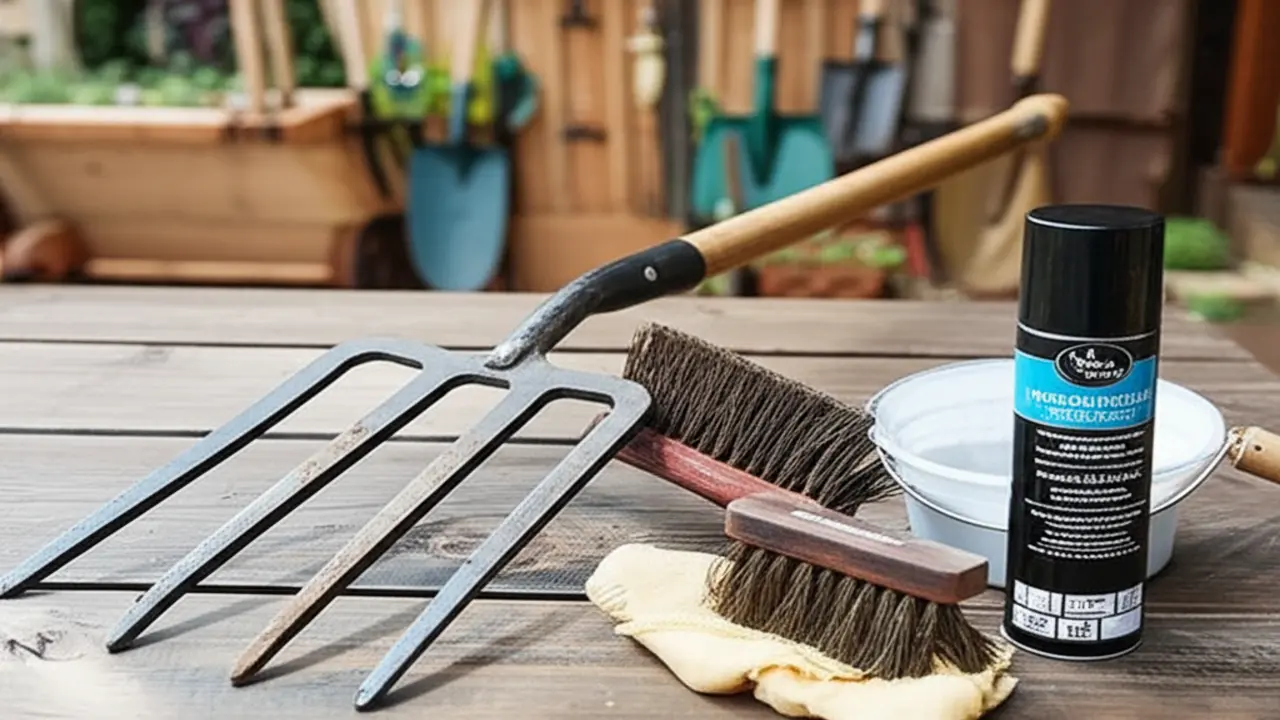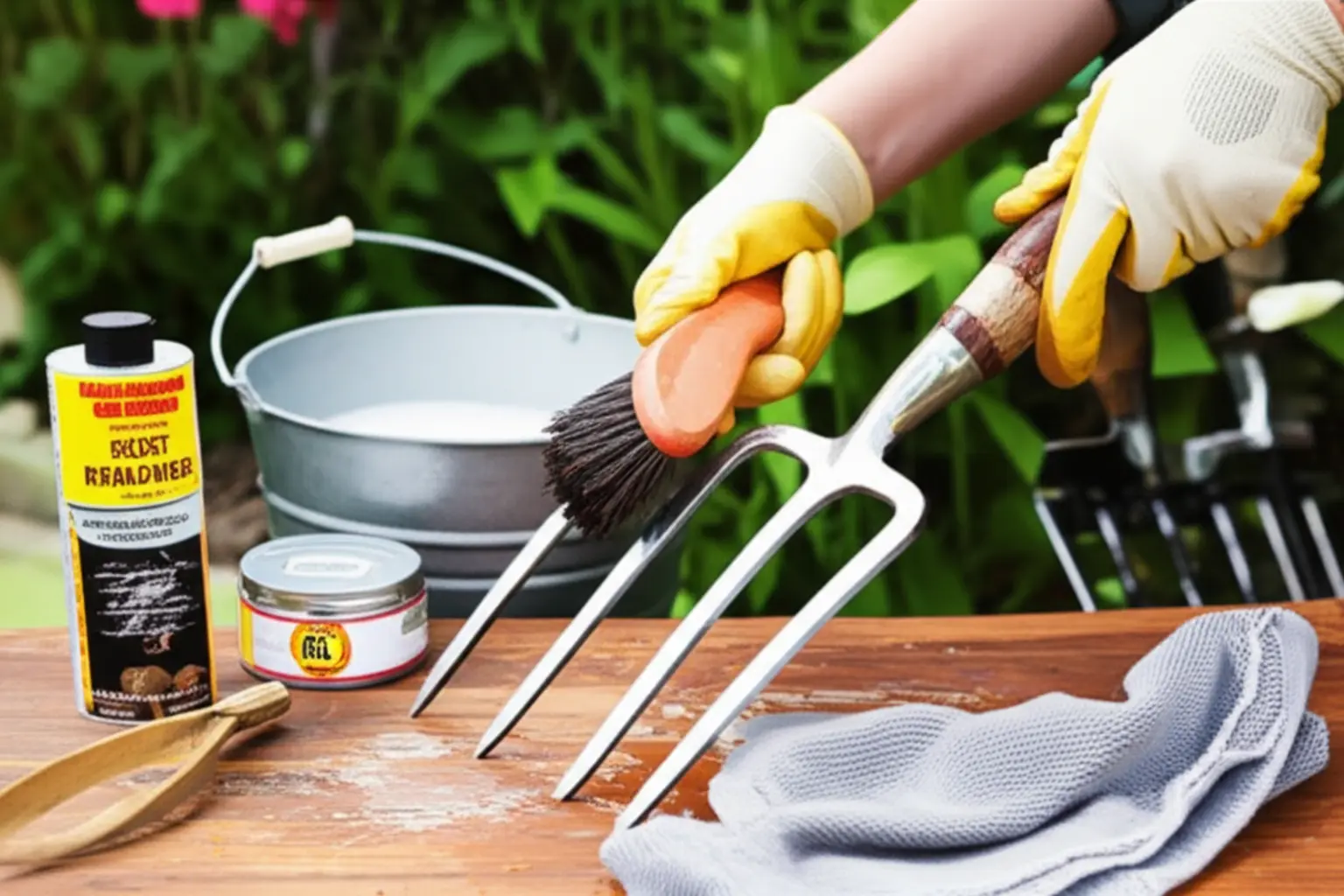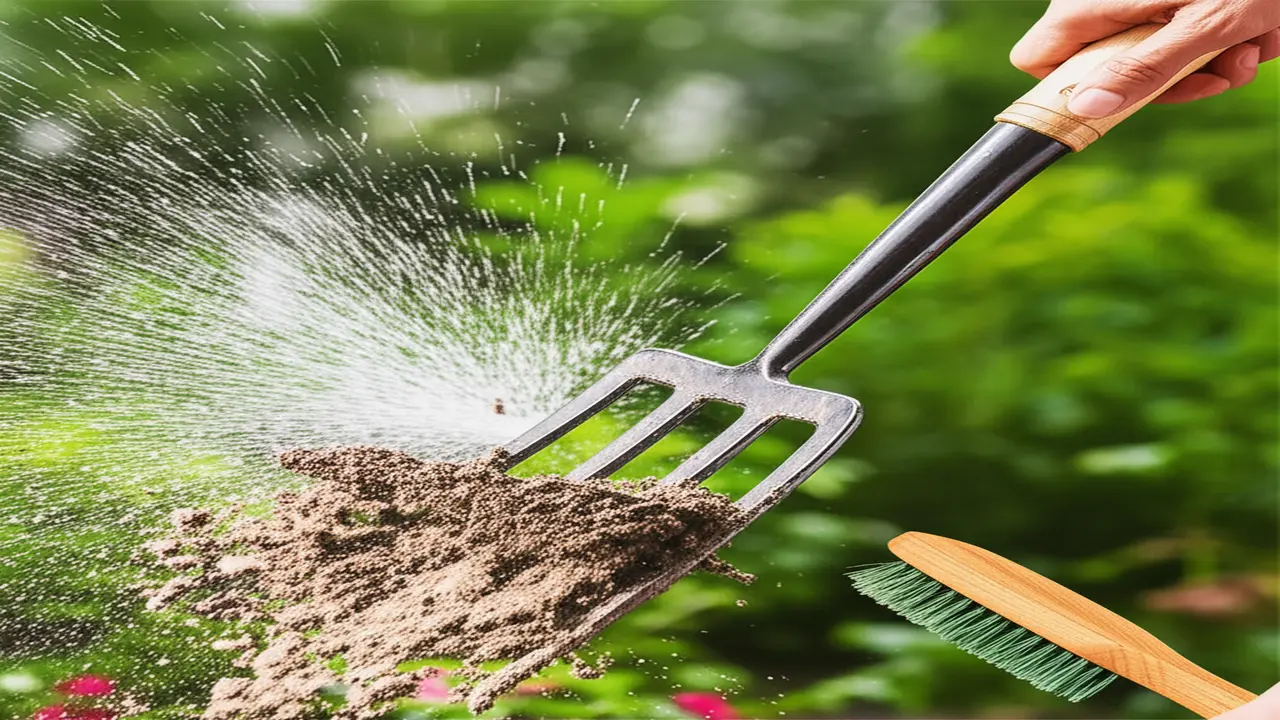
1. Why Clean Your Garden Fork?
Regular garden fork cleaning is essential for maintaining its efficiency and longevity. When soil, sap, and plant debris accumulate on the tines, they can cause rust, reduce the fork’s performance, and even transfer diseases between plants. By cleaning your garden fork after each use, you not only prevent these issues but also ensure easier penetration in soil, reducing effort over time.
Key benefits of garden fork cleaning include:
– Extended tool life by preventing corrosion and weakening of metal parts.
– Improved performance as clean tines move through soil more smoothly.
– Disease prevention by removing pathogens that can linger on dirty tools.
In practice, a simple rinse followed by drying and occasionally applying a light coat of oil will keep your garden fork in top shape. This maintenance routine supports successful gardening and complements other tool care practices, such as those recommended for best hand cultivators available. Following these steps can save you time and money by avoiding premature tool replacement and enhancing your gardening productivity in 2025 and beyond.
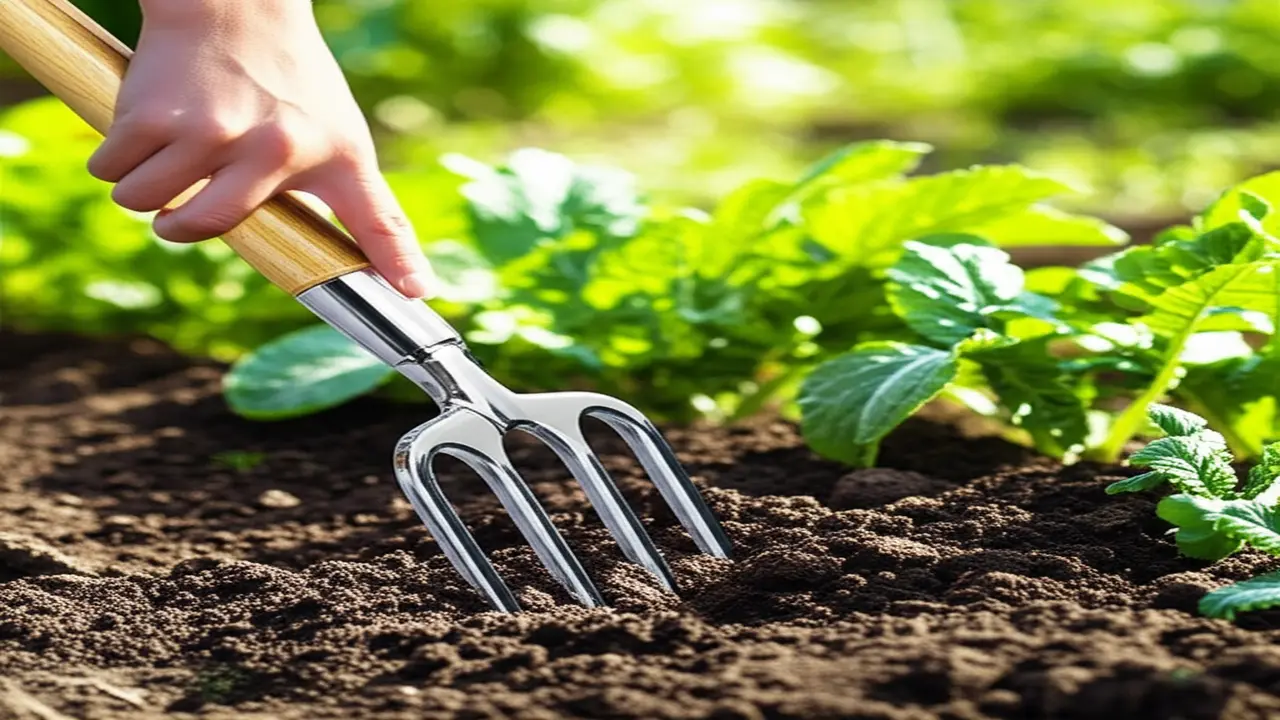
2. Understanding the Impact of a Clean Garden Fork
Soil and moisture create a harsh environment for garden forks, promoting rust and metal corrosion if they’re not cleaned regularly. When residue of damp earth clings to the tines, iron oxidation accelerates, weakening the tool’s integrity. Cleaning your garden fork immediately after use helps prevent this deterioration, thereby extending its lifespan and preserving its efficiency in soil penetration and aeration. Clean tools also play a critical role in biosecurity: by removing dirt and plant matter, you minimize the risk of transmitting pests and diseases across your garden beds. This precaution sustains plant health and reduces the need for chemical interventions.
Additionally, clean garden forks are safer and more comfortable to use. Dirt buildup can cause uneven weight distribution, leading to strain during long gardening sessions. Keeping the fork clear enhances ergonomic benefits, reducing the chance of injury while maintaining precise control. Regular maintenance aligns with best practices recommended for other garden tools such as best hand cultivators available, ensuring your toolkit remains reliable and effective throughout the gardening season.
3. Essential Supplies for Effective Garden Fork Cleaning
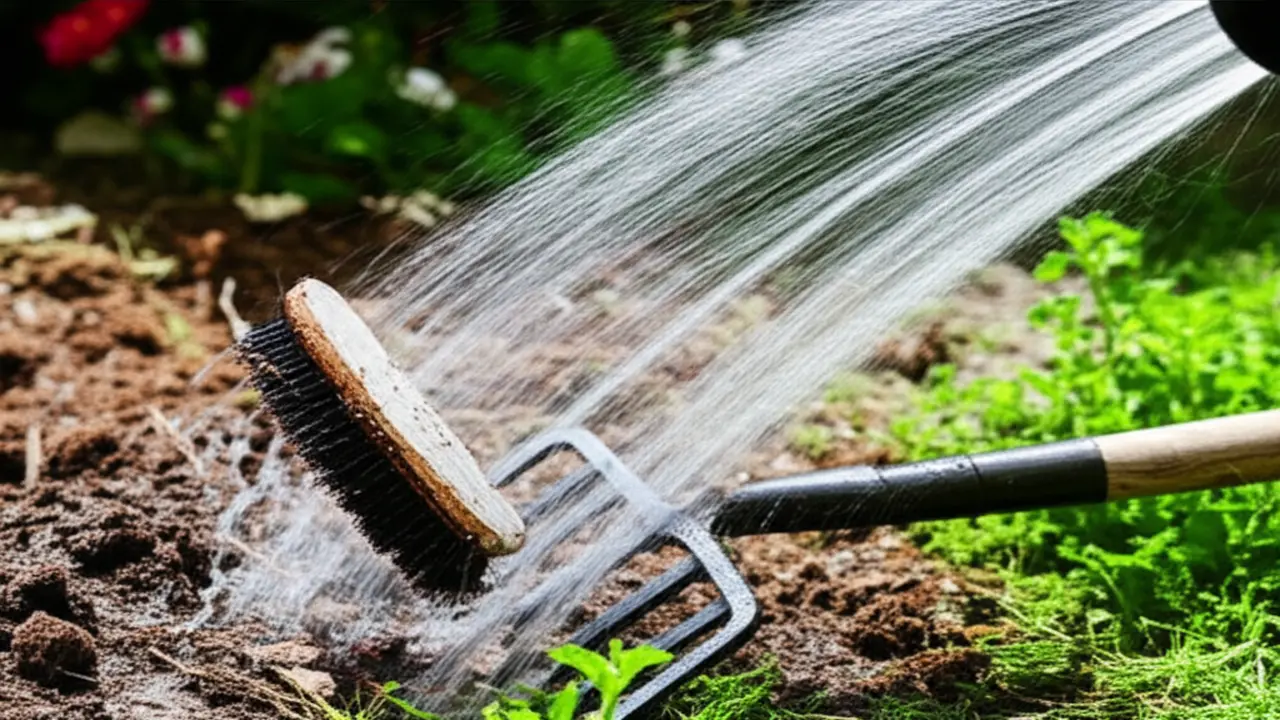
4. Step-by-Step Garden Fork Cleaning Process
Cleaning your garden fork is essential to maintain its functionality and prevent rust or damage over time. The process should begin with removing large dirt and debris concentrated around the tines and joints. Use a sturdy scraper or wire brush to knock off soil clumps, paying close attention to crevices where mud often accumulates.
Next, wash the fork thoroughly with water. Employ a stiff brush to scrub off remaining dirt and sticky residues such as sap, which can be challenging. For stubborn stains or clay soil, soak the fork briefly in warm soapy water before scrubbing to loosen the grime effectively.
Rust can develop on metal parts if cleaning is neglected. To identify and remove rust, inspect the fork closely, especially around the tines and metal joints. Use fine steel wool or commercial rust removers, following product safety guidelines carefully. Alternatively, natural solutions like vinegar or baking soda paste can work well for light rust removal.
Once clean, drying the fork completely is crucial to prevent new rust formation. Wipe all parts with a dry cloth and leave the fork in a warm, dry place until no moisture remains.
Protect the metal further by applying a thin layer of oil. Suitable oils include mineral oil or specialized gardening tool oils. Apply evenly over all metal surfaces to guard against corrosion and enhance longevity.
Finally, care for the handle to ensure comfort and durability. Clean wooden handles with a damp cloth, sand any rough patches gently, and condition them with linseed oil. This treatment prevents splintering and maintains a firm grip during use.
Following these steps regularly will keep your garden fork in optimal working condition year-round. For complementary tool maintenance, consider also reading about best hand cultivators available to broaden your gardening toolkit upkeep knowledge.
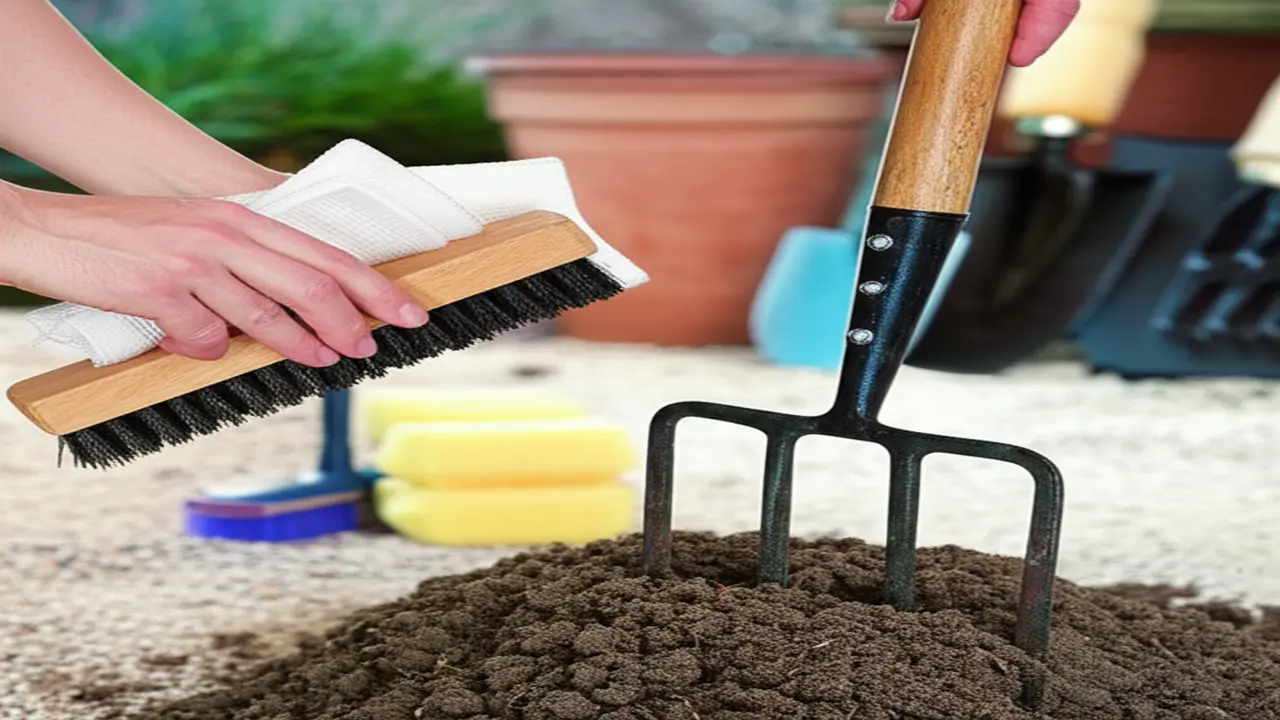
5. Specialized Cleaning Situations and Troubleshooting
